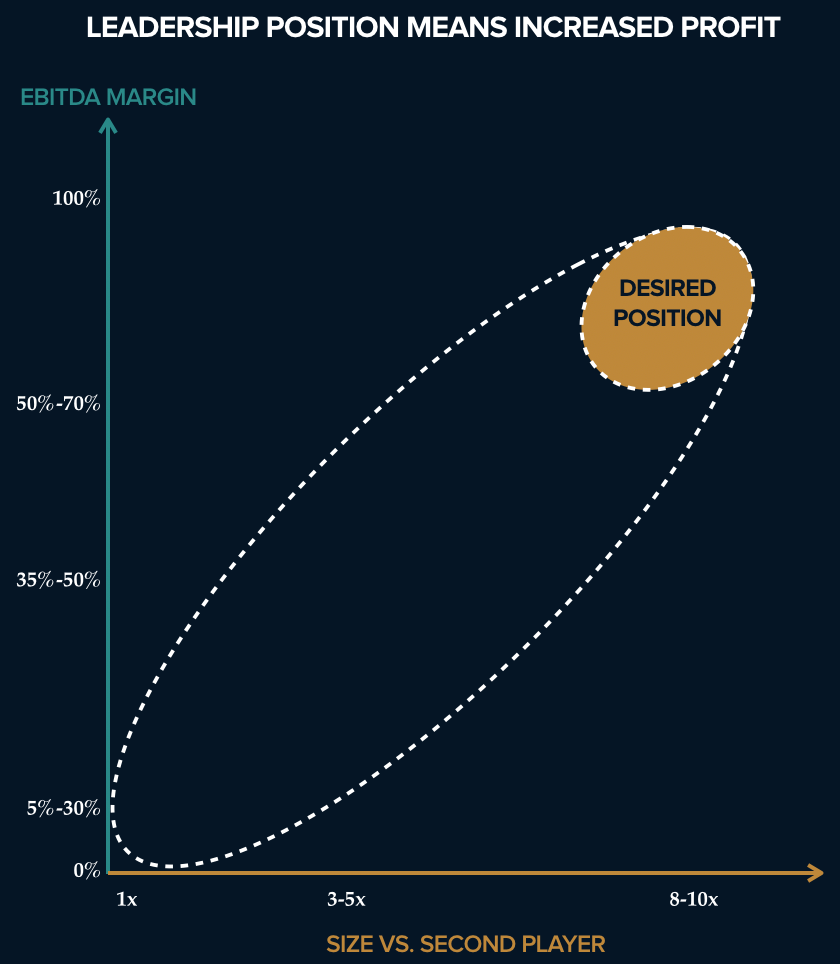› Forums › Startups › Discussions (Startups) › Food Delivery Wars: 3 Takeaways From The UberEats, Postmates, Grubhub, DoorDash Ecosystem — How It Boomed, And Why It’s
Tagged: Home_V1, Retail_V3, Tips_G9, Transport_V9, UseCase_G14
- This topic is empty.
-
AuthorPosts
-
-
April 27, 2020 at 5:41 am #41241
#Discussion(Startup) [ via IoTGroup ]
Headings…
Food Delivery Wars: 3 Takeaways From The UberEats, Postmates, Grubhub, Door
1. If you’re looking for a vulnerability in an incumbent marketplace, see i
2. Private vs public companies have been playing by different rules.
3. It’s not a race to big aggregate growth numbers — it’s a race to winning
Sarah Tavel
More From Medium
6 Habits of Super Learners
How a Hot $100 Million Design Startup Collapsed Overnight
The ultimate guide to proper use of animation in UX

Auto extracted Text……Food delivery is a case study unlike any other, where an unprecedented amount of capital backing a handful of competitors aggressively entered the market (with varying success), and dethroned the market leader.
Here are 3 takeaways from the battle that occurred between Postmates (launched in 2012), DoorDash (2013), Uber Eats* (2014), and Grubhub for the large and growing food delivery market.
Grubhub’s original model was a marketplace for consumers to order food from independent restaurants that already had their own delivery fleets.
Postmates and DoorDash were the first to realize that if they could provide the broader group of restaurants that did not do delivery with the ability to do deliveries, they could dramatically increase the number of restaurants that could exist in the marketplace, thereby leapfrogging Grubhub’s selection (and liquidity).
Grubhub thought that they had saturated the market, but they had only saturated a subsection of the market — independent restaurants that made their own deliveries.
Meanwhile, DoorDash, Postmates, Uber Eats, and all other food delivery startups were racing to capitalize on the newer, bigger definition of the category.
Postmates was the first to recognize Grubhub’s vulnerability, but the strategy with which they raced to exploit it had its own weaknesses: Postmates dove headfirst into San Francisco, and they went after everything — restaurants, retailers, cafes.
DoorDash, on the other hand, started by focusing almost exclusively on the greenfield opportunity of restaurants in the suburb market of the SF Bay Area — a market overlooked by the other competitors in the space, in part because of how challenging it was given the lower density.
Meanwhile, by spreading themselves thin and going after a large competitive market, Postmates grew GMV quickly but struggled to build market leading liquidity, especially as its ambitions took them to new cities like New York and Los Angeles
Read More..
AutoTextExtraction by Working BoT using SmartNews 1.02976805238 Build 26 Aug 2019
-
-
AuthorPosts
- You must be logged in to reply to this topic.
